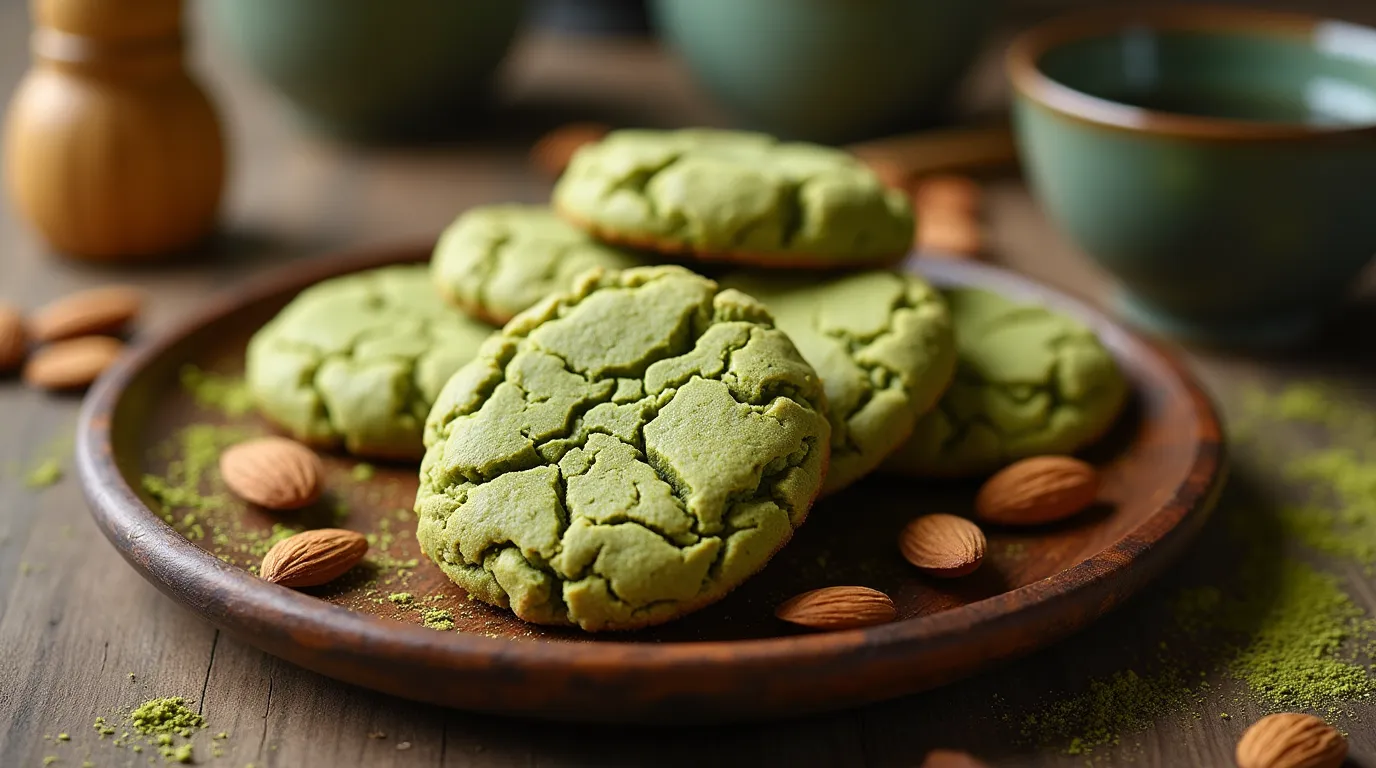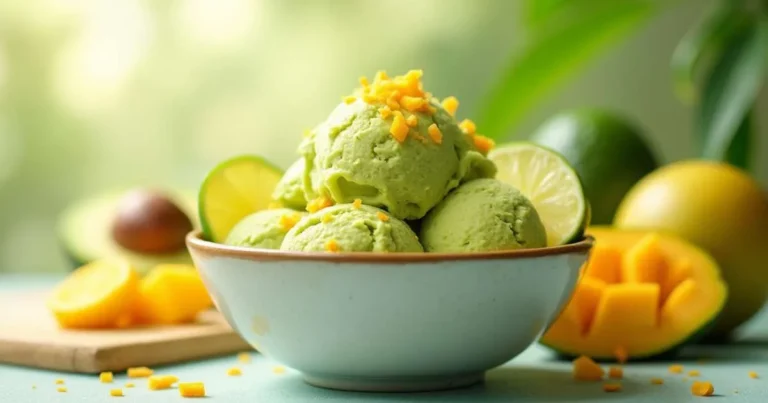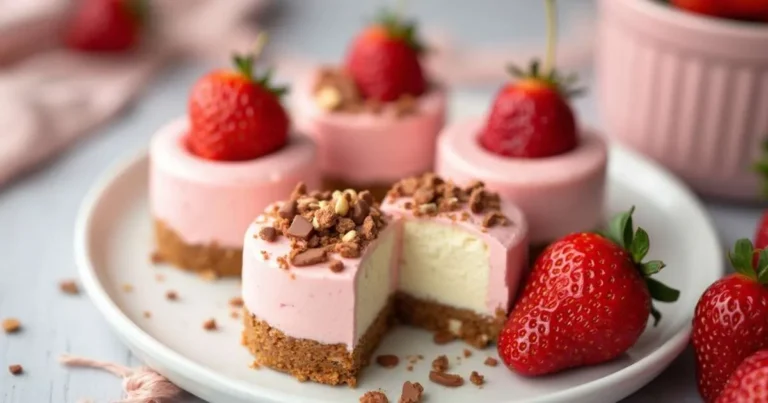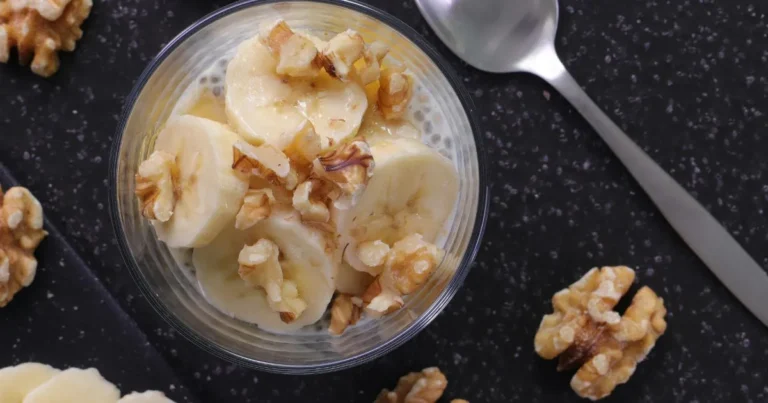Discover the Sweet and Healthy World of Japanese Desserts: 4 Delicious Recipes to Try
When you think of desserts, you might imagine heavy, sugary treats that leave you feeling guilty afterward. But what if you could indulge your sweet tooth without the remorse? Enter healthy Japanese desserts—a unique and delightful way to enjoy sweets that combine rich cultural tradition with a modern focus on health and wellness. These desserts are not only visually stunning, but they also offer a healthy alternative to the typical sugary snacks we often crave. If you’re looking to satisfy your dessert cravings while keeping your health in check, Japanese desserts might just be your new go-to.
In this article, we’ll take you on a sweet journey through the world of Japanese desserts, exploring their healthy ingredients, nutritional benefits, and easy-to-make recipes. Whether you’re new to Japanese sweets or a seasoned fan, you’ll discover how these delectable treats can be part of a balanced, health-conscious lifestyle. So, grab a cup of tea and let’s dive in!
Table of Contents
What Makes Japanese Desserts Special?
Japanese desserts are unlike any other sweets you might find around the world. They are crafted with balance, subtlety, and an emphasis on natural flavors. Here’s what makes them stand out:
- Unique Ingredients: Unlike Western desserts that rely heavily on refined sugars, butter, and cream, Japanese sweets often incorporate wholesome, nutrient-dense ingredients like matcha, adzuki beans, and mochi. These ingredients offer a lighter, more natural sweetness while delivering significant health benefits.
- Balance Between Flavors: Traditional Japanese desserts focus on balancing flavors rather than overwhelming the taste buds with sugar. The result? A gentle sweetness paired with earthy, savory, and sometimes even umami notes. This balance is key to why Japanese desserts are so refreshing and satisfying.
- Aesthetics and Presentation: In Japanese culture, presentation is as important as taste. Japanese desserts are often small, artfully crafted, and visually appealing, making them a delight for both the eyes and the palate.
Healthy Ingredients Commonly Found in Japanese Desserts
One of the reasons Japanese desserts are often considered healthier is because of the unique, nourishing ingredients they contain. Let’s take a look at some of the most common and beneficial ingredients used in these desserts:
Matcha: The Antioxidant Powerhouse
You’ve probably heard of matcha—the finely ground green tea powder that has taken the world by storm. But what makes it such a popular ingredient in healthy desserts?
- Rich in Antioxidants: Matcha is packed with antioxidants called catechins, which help fight free radicals in your body, protecting your cells from damage.
- Boosts Metabolism: The caffeine and L-theanine in matcha can boost your metabolism, giving you sustained energy without the jitters associated with coffee.
- Supports Mental Clarity: The unique combination of caffeine and L-theanine helps improve focus and clarity, making matcha a great addition to your daily routine.
Adzuki Beans: A Nutritious Base for Many Sweets
Adzuki beans are commonly used in traditional Japanese desserts like anko (sweet red bean paste), often paired with mochi or used as a filling in pastries.
- High in Fiber: Adzuki beans are an excellent source of dietary fiber, which helps promote healthy digestion and keep you feeling full longer.
- Low in Fat: Unlike many other desserts, adzuki beans are low in fat and calories, making them a great choice for anyone trying to maintain a balanced diet.
- Rich in Protein: They are also a good source of plant-based protein, making them a suitable option for vegetarians and vegans.
Mochi: A Chewy, Gluten-Free Delight
Mochi is a chewy rice cake made from glutinous rice and has been a staple of Japanese desserts for centuries. You may find mochi filled with sweet fillings like adzuki beans or fruit.
- Gluten-Free: Mochi is naturally gluten-free, making it a great option for those with gluten sensitivity.
- Low in Calories: Despite its chewy texture, mochi is relatively low in calories, making it a satisfying yet light treat.
- Customizable: Mochi can be made with a variety of fillings, from sweet red bean paste to fresh fruits, giving you plenty of options to create a healthy dessert that fits your dietary needs.
Agar-Agar: A Plant-Based Gelatin
Agar-agar is a seaweed-derived gelatin alternative that is often used in Japanese desserts, particularly in jellies and puddings.
- Low in Calories: Unlike traditional gelatin, agar-agar is low in calories, making it a great choice for those looking to indulge without the extra sugar.
- Supports Digestion: Agar-agar contains fiber that can help improve digestion and regularity.
- Plant-Based: As a plant-based alternative to animal-derived gelatin, agar-agar is perfect for vegans and vegetarians.
How to Make Japanese Desserts Healthier
While Japanese desserts are already known for their health benefits, there are simple adjustments you can make to take them to the next level. Here are a few tips to make your Japanese desserts even healthier:
Use Natural Sweeteners
Instead of using refined sugar, try incorporating natural sweeteners like honey, maple syrup, or coconut sugar. These options have a lower glycemic index and contain trace minerals, making them a better choice for your blood sugar levels.
Incorporate Fresh Fruits
Adding fresh fruits like berries, citrus, or pomegranates to your desserts not only enhances the flavor but also adds an extra dose of vitamins, fiber, and antioxidants. Fruit-filled mochi or a refreshing fruit-based jelly are great ways to add a healthy twist to traditional desserts.
Swap Dairy for Plant-Based Alternatives
If you’re looking to make your Japanese desserts dairy-free, try substituting cow’s milk with plant-based alternatives like almond milk, oat milk, or coconut milk. These options are lower in fat and can give your desserts a smooth, creamy texture.
Control Portions
One of the best aspects of Japanese desserts is their small size. These desserts are often served in tiny portions, which helps with portion control. By sticking to smaller servings, you can enjoy the flavors you love without overindulging.
Healthy Japanese Dessert Recipes to Try
Ready to get started? Here are a few healthy Japanese dessert recipes that are easy to make and absolutely delicious.
Matcha Almond Flour Cookies
- Ingredients: Almond flour, matcha powder, honey, almond milk, baking soda.
- How to Make It: Combine almond flour and matcha powder, then mix in honey and almond milk. Bake for 12-15 minutes at 350°F. These cookies are a healthy, gluten-free treat rich in antioxidants.

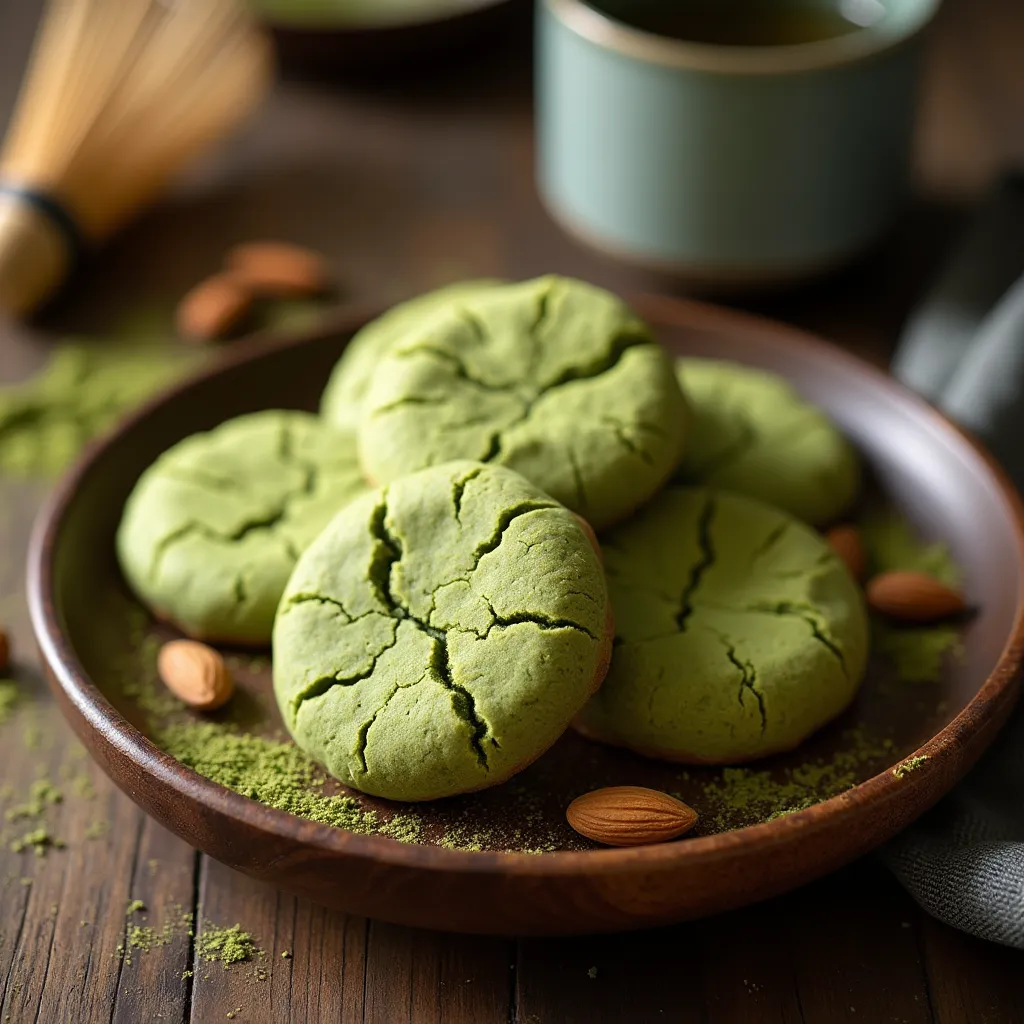
Adzuki Bean and Sweet Potato Mochi
- Ingredients: Adzuki beans, sweet potato, glutinous rice flour, maple syrup.
- How to Make It: Cook adzuki beans and blend them with sweet potatoes. Mix with rice flour to form dough, then steam until soft and chewy. These mochi bites are full of fiber and low in fat.
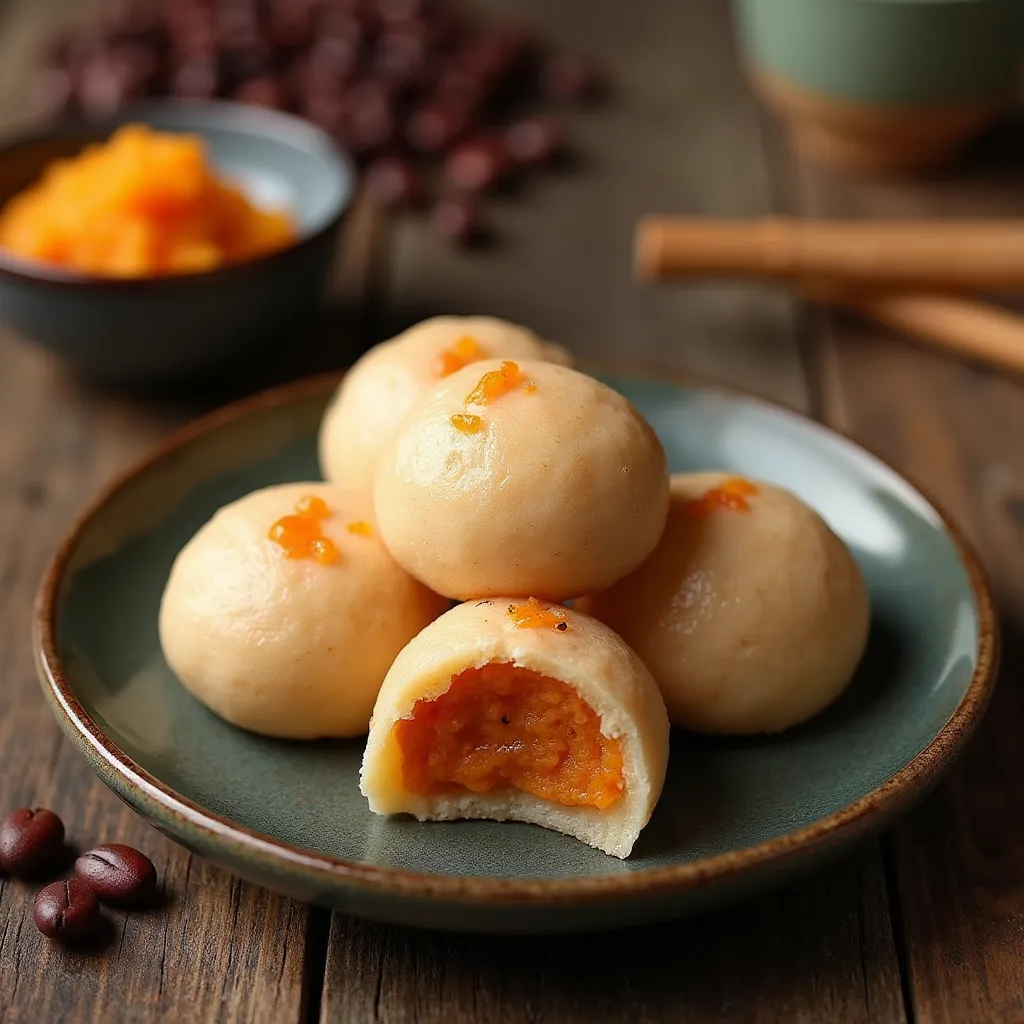
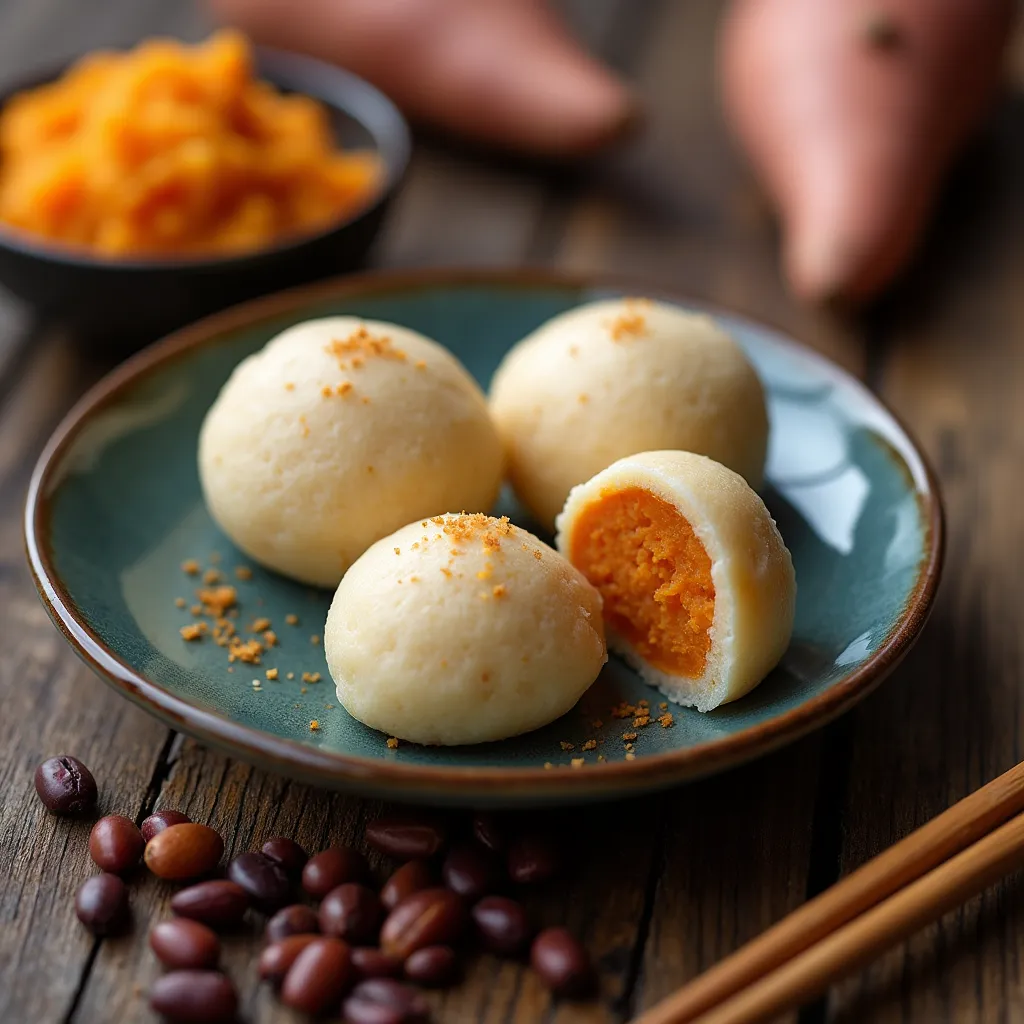
Fruit-filled Daifuku Mochi
- Ingredients: Glutinous rice flour, fresh berries (e.g., strawberries or blueberries), coconut sugar.
- How to Make It: Make soft mochi dough and wrap it around fresh fruit. Serve chilled for a refreshing, nutrient-packed dessert.


Agar-Agar Jelly with Matcha
- Ingredients: Agar-agar powder, matcha powder, coconut milk, maple syrup.
- How to Make It: Dissolve agar-agar powder in water, then add matcha and coconut milk. Chill until set. This dessert is a refreshing, low-sugar alternative to traditional gelatin-based sweets.
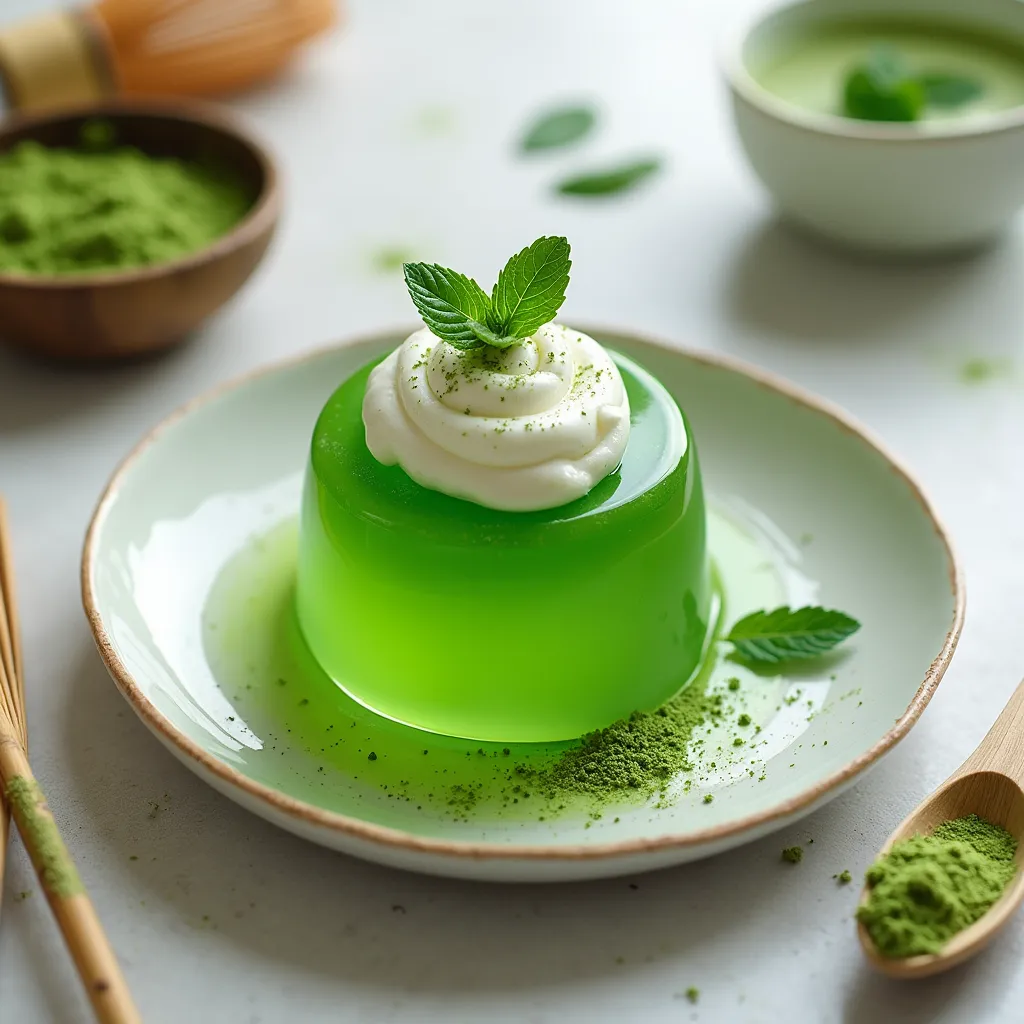
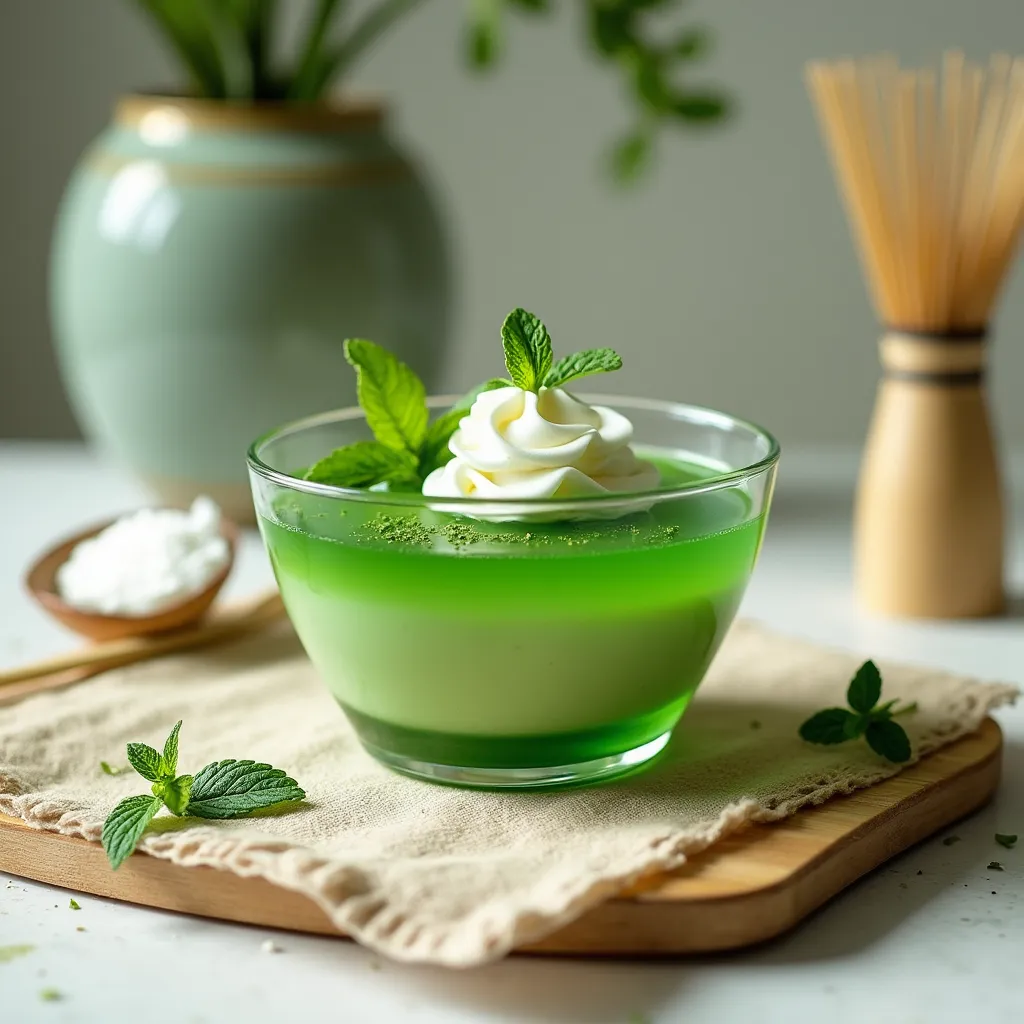
Why Japanese Desserts Are Perfect for Health-Conscious Foodies
If you’re someone who loves to treat yourself to something sweet but wants to keep your health goals intact, Japanese desserts are an ideal choice. Here’s why:
- Lower in Sugar: Japanese desserts often use less sugar than their Western counterparts, making them a healthier option for those looking to limit their sugar intake.
- Nutrient-Rich Ingredients: With the use of ingredients like matcha, adzuki beans, and mochi, these desserts are packed with fiber, antioxidants, and plant-based proteins that contribute to a balanced diet.
- Satisfying Yet Light: Many Japanese desserts are small in size but packed with flavor, so you can satisfy your sweet cravings without overindulging.
Conclusion: Indulge in Healthy, Guilt-Free Japanese Desserts
Japanese desserts offer a perfect balance of taste, tradition, and health. Whether you’re enjoying a classic matcha cookie or a refreshing agar-agar jelly, these treats can be a delicious part of your healthy eating plan. So, why not bring a little bit of Japan into your kitchen and treat yourself to something sweet that nourishes both body and soul?
Start experimenting with these healthy Japanese dessert recipes today, and share your creations with friends and family. Trust us—they’ll be just as hooked on these delightful treats as you are!
Frequently Asked Questions (FAQs)
What makes Japanese desserts healthier than Western desserts?
Japanese desserts use wholesome ingredients like matcha, adzuki beans, and mochi, which are low in fat, high in fiber, and naturally sweetened. They also tend to be smaller in portion size, which helps with portion control.
Can I use sugar substitutes in Japanese dessert recipes?
Yes! You can replace refined sugar with natural sweeteners like honey, maple syrup, or coconut sugar. These alternatives offer a more balanced sweetness and can support better overall health.
Are Japanese desserts suitable for vegans?
Yes! Many Japanese desserts are naturally plant-based. Mochi, for example, is typically made from glutinous rice and can be filled with fruit or sweet bean paste, making it a great option for vegans.
How do Japanese desserts contribute to a balanced diet?
Japanese desserts focus on nutrient-dense ingredients that are high in antioxidants, fiber, and healthy carbohydrates. When enjoyed in moderation, they can be a delightful, healthful addition to a balanced diet.
Tried These Recipes? Share Your Thoughts!
There are no reviews yet. Be the first one to write one.

